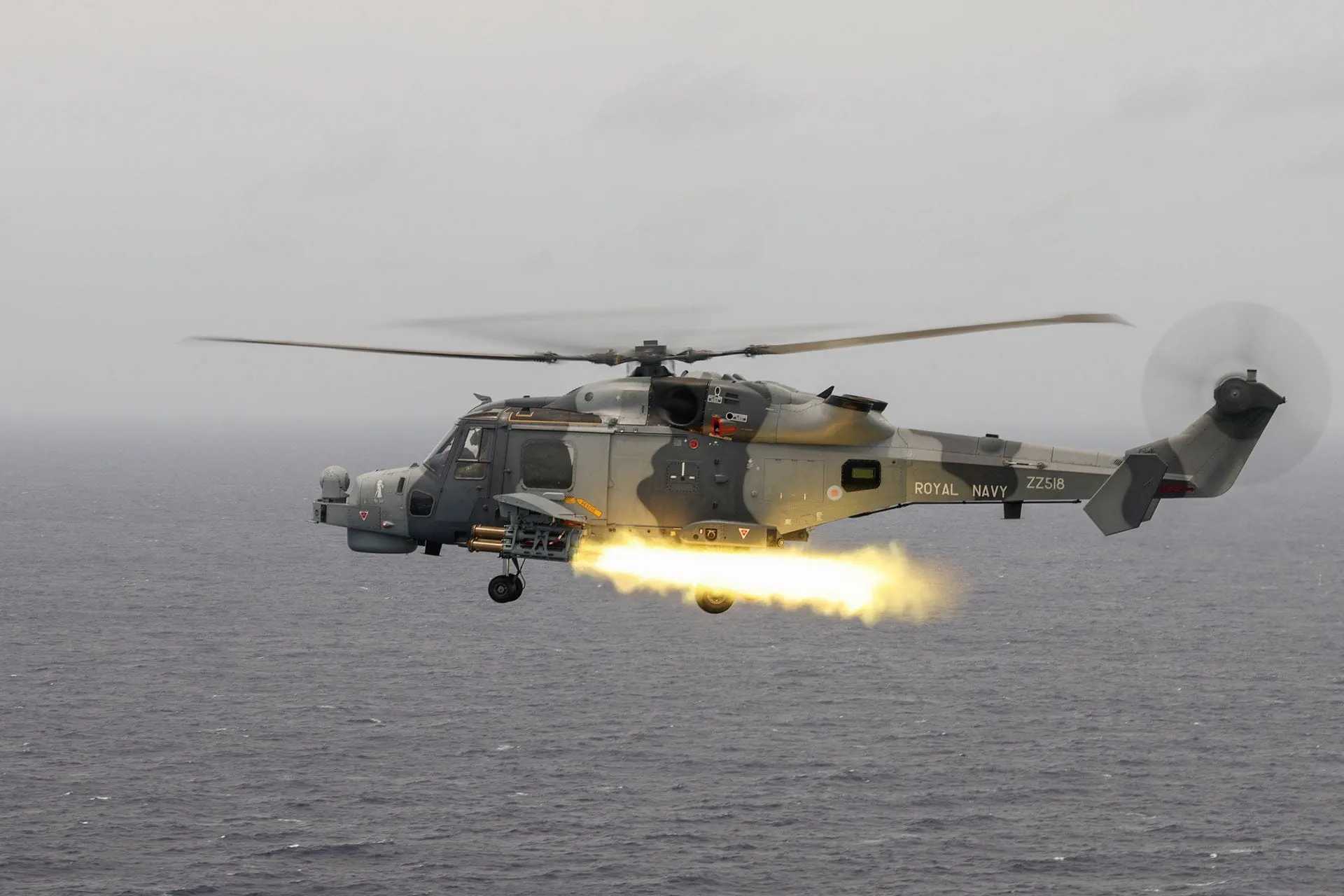British Navy Declares Martlet Missile Fully Operational from Wildcat Helicopters Boosting Anti-Ship Power.
Royal Navy's Wildcat Helicopters Now Armed with Martlet Missiles

The British Royal Navy has officially announced that its Wildcat helicopters are now fully operational with the Martlet lightweight anti-ship missile. This significant development enhances the fleet’s capability to detect and neutralize fast-moving maritime threats across various deployment zones. The integration of the Martlet missile marks a pivotal advancement in the Royal Navy’s operational readiness and effectiveness in modern naval warfare.
Enhanced Maritime Strike Capability
On October 21, 2025, the British Royal Navy confirmed the full operational capability of the Martlet missile aboard the Wildcat helicopters of the 815 Naval Air Squadron. This milestone follows extensive live-fire and integration trials that demonstrated the helicopters’ ability to conduct precise anti-ship strikes against fast inshore attack craft and other surface targets. Naval officials hailed this achievement as a major enhancement to the UK’s defense capabilities, particularly in protecting carrier strike groups and executing littoral security operations.
U.S. Gathers Affordable Anti-Ship Weapons To Counter China In Indo Pacific Region
The Martlet, also known as the Lightweight Multirole Missile (LMM), is a next-generation air-launched guided weapon developed by Thales UK. It is designed to meet the increasing demand for precision strike capabilities in contemporary naval engagements. Weighing approximately 13 kilograms and measuring 1.3 meters in length, the Martlet can reach speeds exceeding Mach 1.5. Its laser beam-riding guidance system allows the launching Wildcat helicopter to maintain control and adjust the missile’s trajectory during flight, ensuring accurate engagement of small, maneuvering targets at sea while minimizing the risk of collateral damage. Each Wildcat helicopter can carry up to 20 Martlet missiles, significantly boosting its offensive capabilities for patrol, escort, and interdiction missions.
The Wildcat HMA2, developed by Leonardo, serves as the primary maritime helicopter for the British Royal Navy. It is specifically engineered to operate from warships in high-threat environments, playing a crucial role in naval operations. Equipped with advanced sensors, including maritime radar and electro-optical/infrared systems, the Wildcat acts as a vital asset for surface combatants. With the integration of the Martlet missile, the Wildcat transitions from a reconnaissance and support platform to a fully armed hunter capable of independent action.
Strategic Implications and Future Prospects
The operational deployment of the Martlet missile significantly enhances the tactical value of the Wildcat, particularly within the 815 Naval Air Squadron, which provides helicopter flights for various Royal Navy warships. This includes Type 23 frigates, Type 45 destroyers, and Queen Elizabeth-class aircraft carriers. The Wildcat’s compact design allows it to operate from smaller vessels, making it an essential component for distributed maritime operations.
Developed as part of the Future Anti-Surface Guided Weapon (FASGW) program, the Martlet missile addresses the need for a scalable response to asymmetric threats in congested littoral zones. Over the past four years, rigorous live-fire trials have validated its precision targeting and rapid acceleration, leading to its formal declaration as fully operational. With 815 NAS now equipped with Martlet missiles, the British Royal Navy gains a rapid-reaction strike capability, particularly relevant in regions like the Gulf and Eastern Mediterranean, where threats from swarming boats and drones are prevalent.
Strategically, the Martlet missile reflects a broader evolution in the British Royal Navy’s doctrine towards distributed and flexible lethality. Its lightweight and modular design allow for deployment not only from helicopters but potentially from ground vehicles and unmanned platforms in the future. This versatility enhances interoperability within NATO and multinational maritime coalitions, particularly in joint operations where countering small boat swarms and aerial threats is critical.
The introduction of the Martlet missile into front-line service with the 815 Naval Air Squadron underscores the British Royal Navy’s commitment to addressing emerging threats and enhancing its capabilities in littoral and near-shore warfare. As the Royal Navy prepares for upcoming deployments with Martlet-equipped Wildcats, the integration of this missile is set to significantly impact the tactical flexibility and global reach of the fleet.
